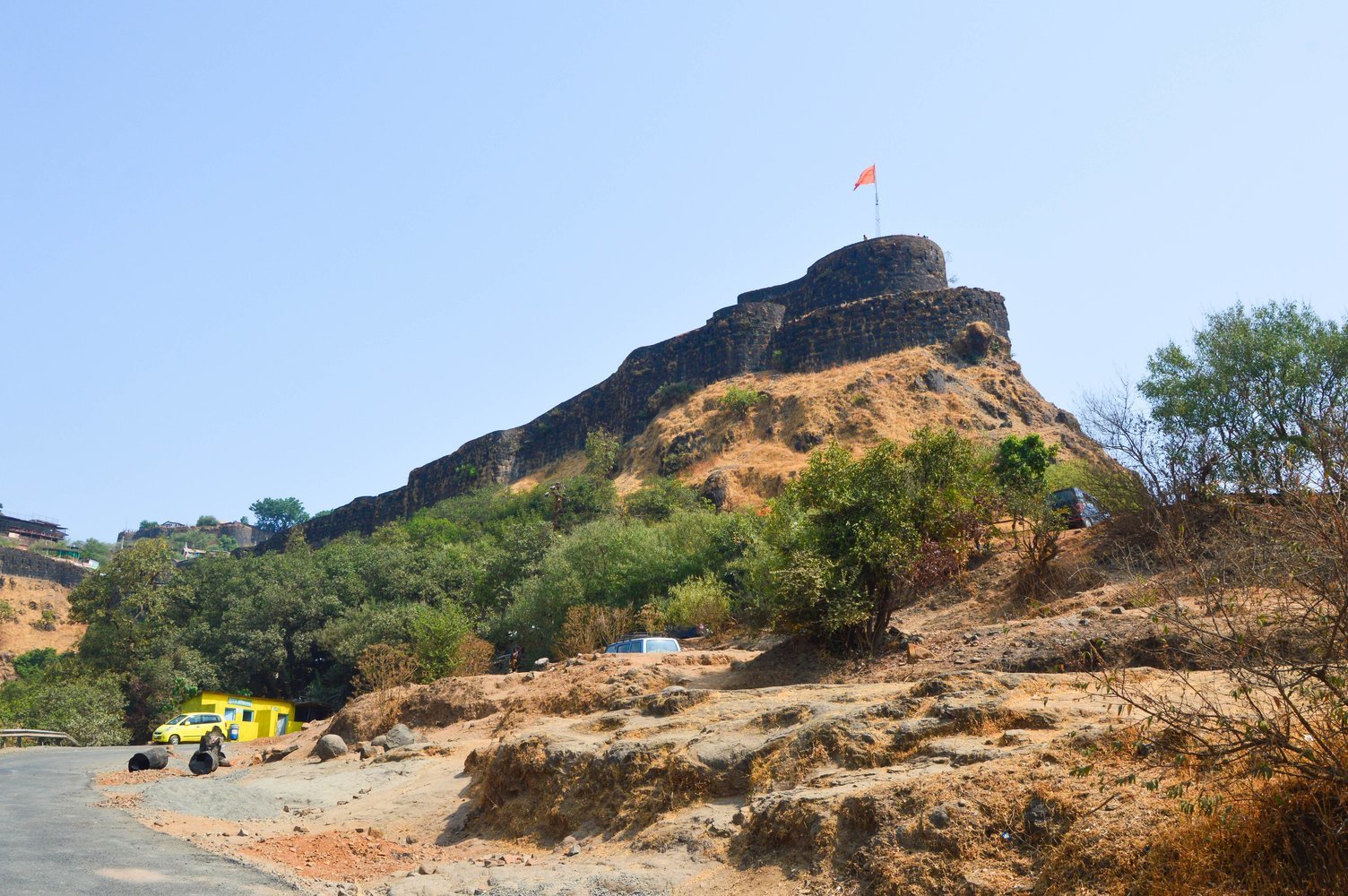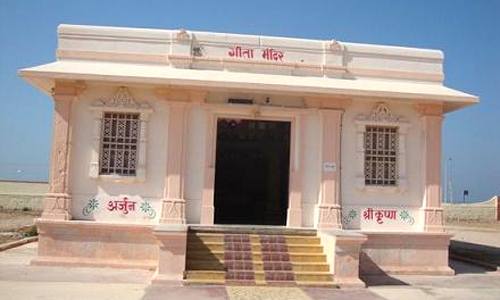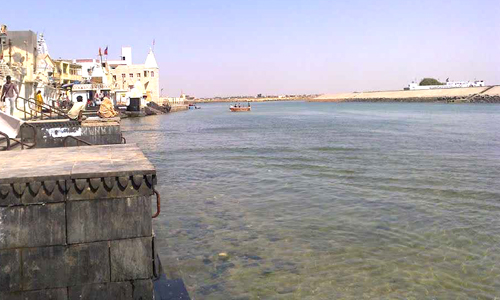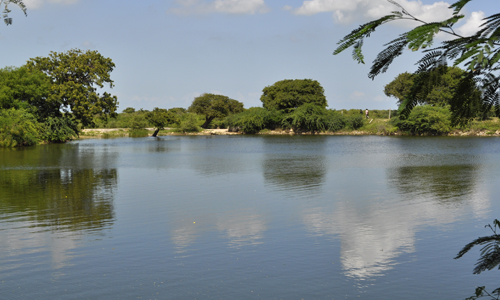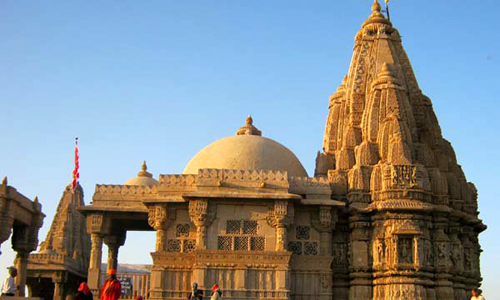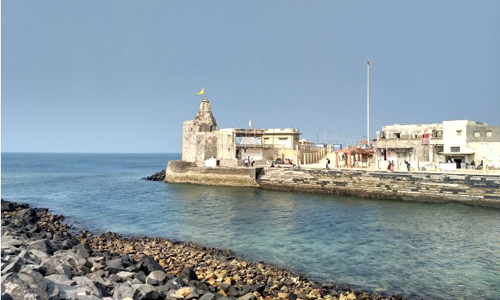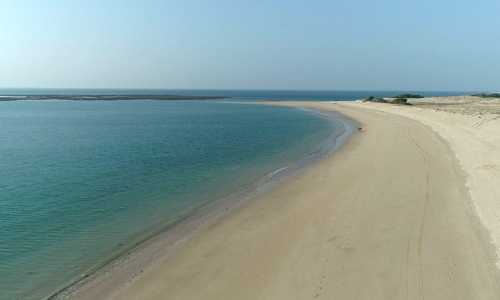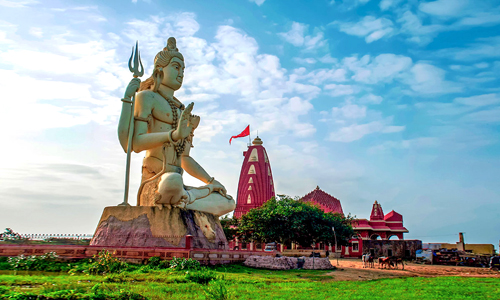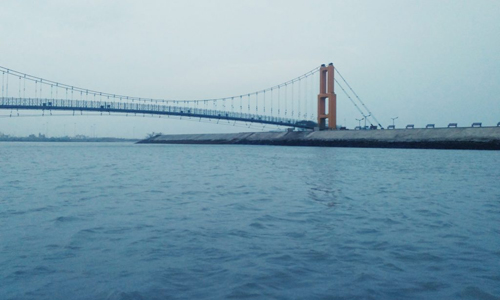The Dwarkadhish Temple is also called the Jagat Mandir. It is a temple of Lord Krishna constructed in the Chalukya style. The history of the town of Dwarka dates back to the Mahabharata's Kingdom of Dwaraka. It is among the most incredible and most popular tourist places in Dwarka.
The five-story main shrine, which consists of sand and limestone, is majestic and unique in and of itself. It is a belief that Vajranabha constructed the 2200-year-old architecture on land that Lord Krishna took back from the sea.
The majestic black statue of Lord Krishna and the elaborate sculptural details created by the ancient dynasties that governed the region are the focal points of the temple. The temple contains other shrines honouring Subhadra, Balarama and Revathy, Vasudeva, Rukmini, and numerous more gods.
Before entering the temple through the Swarg Dwar, it is customary for the devotees to bathe in the Gomti River. The most joyous occasion in any Krishna temple is the eve of Janmashtami when thousands of devotees adorn the Dwarkadhish temple with prayers and rituals. The shrine is a flurry of colour, sound, and faith that eventually turns into holiness and inner quiet.
On which river is the Dwarkadhish Temple of Gujarat?
The Dwarkadhish Temple is a 13th-century structure in Gujarat's Jamnagar district dedicated to Lord Krishna. It is located on the Gomti River's northern bank.
What is Dwarkadhish Temple famous for?
According to locals, the temple building above Krishna's home, Hari-Griha, is said to have been built by Vajranabha. It honors Lord Krishna, also famous as the Lord of Dwarka. The temple is one of the Hindus' holy Char Dham pilgrimage sites. When taking a Dwarka tour package, visiting the Dwarka temple is worthwhile.
What is the mystery of the Dwarka temple?
One idea holds that the lost city of Dwarka was submerged under water when sea levels rose, having been built on reclaimed land about 3500 years ago. Studies conducted by scientists have shown that the area's sea level fluctuated wildly until stabilizing around 1000 CE.


